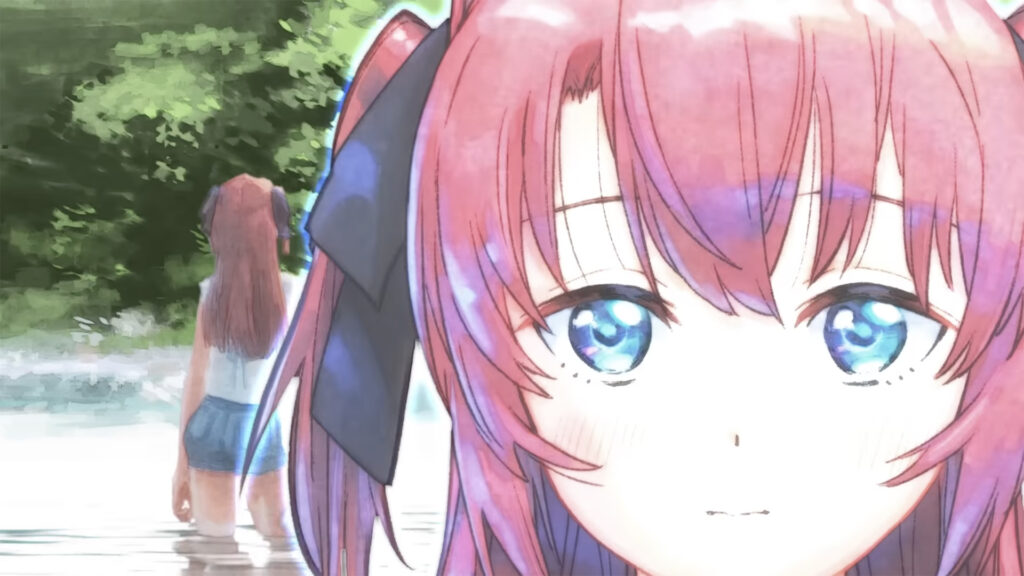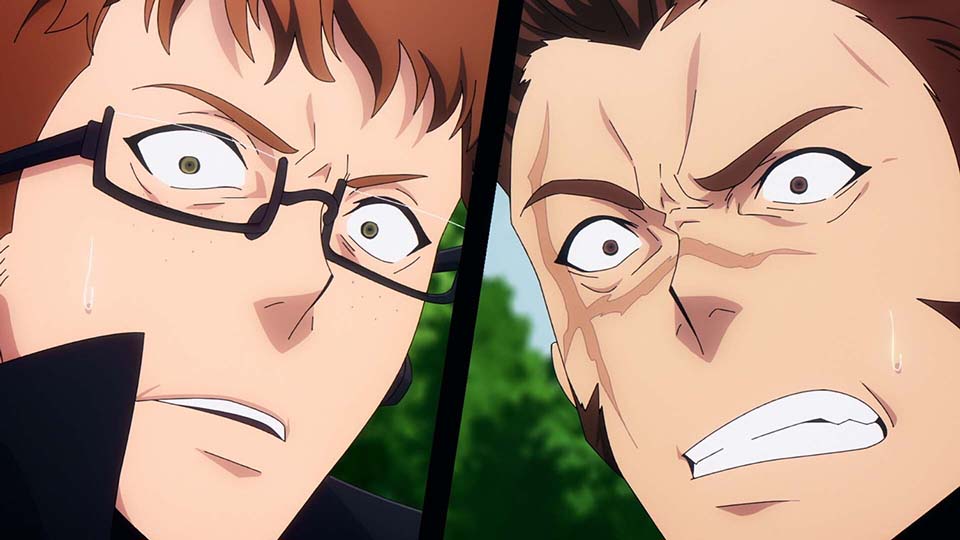As someone who’s spent way too much time inside my own head (and my own room), seeing Welcome to the N-H-K as a teenager hit me like a truck. It then hit reverse to run over me again as I rewatched it recently. This rewatch is thanks to a fellow Crunchyroll writer, Tony Cocking, who wrote this piece last year on why it took him so long to watch it! In this anime, we follow a paranoid shut-in, an otaku chasing fragile dreams, and a girl trying to “save” someone to escape her loneliness, all reflecting different shades of isolation and self-doubt. Now don’t get me wrong, this anime is funny as heck! But it also gets into some of the nitty-gritty of the hikikomori lifestyle, defined as “the extreme avoidance of social contact, especially by adolescent males.” I won’t go into too much detail about the show in this piece, but instead, more on how I was able to relate to it as someone who’s improved, but still has social anxieties. Watching it felt like therapy in the form of a gut punch, forcing me to see my own struggles in its characters. And somehow, that made me feel a little less alone. NOTE: This is a spoiler-free blog for those interested in checking the show out! The Characters Tatsuhiro Sato – A 22-year-old college dropout who isolates himself due to intense social anxiety and fear of failure. He spends his days trapped in self-doubt, making excuses to avoid the outside world. As he stumbles through attempts to break free — whether through work, creative projects, or relationships — his deep-seated fears constantly pull him back. Misaki Nakahara – A seemingly confident girl who offers Sato a mysterious "self-improvement" plan to cure his isolation. While she appears to have her life together, her desire to help Sato stems from her own loneliness and need for validation, making their relationship more complicated than it seems. Kaoru Yamazaki – An obsessed otaku and game developer who masks his insecurities with loud, passionate enthusiasm. Though he seems socially functional, he is quick to anger and can’t face criticism. He uses this anger as his defense mechanism for his deeper fears of rejection and failure, struggling to balance his dreams with reality. Hitomi Kashiwa – ???? (I will let you discover this one for yourself when you watch the show.) RELATED: An Anime-Inspired Reminder to Prioritize Your Mental Health Each of these characters feels painfully real because their struggles aren’t too exaggerated — they’re the same coping mechanisms that many of us deal with, and how we look for escapism in things such as anime and video games. Welcome to the N-H-K shows that isolation and anxiety don’t look the same for everyone, but it also reminds us that, no matter how lost we feel, we’re not alone in the struggle — and sometimes, even the most imperfect connections can help us find a way forward! Paranoia, Fan Service, and a Fever Dream Soundtrack Beyond its deeply relatable characters, Welcome to the N-H-K stands out for its raw, unfiltered dive into depression, manipulation, and even suicide — all wrapped in a surreal, almost fever-dream atmosphere. The way Sato overthinks is brought to life in frantic, paranoid spirals where reality blurs with delusion. It brings vivid imagery of the extremes of someone with severe anxiety imagining scenarios. The oddball soundtrack fuels all of this, making his downward spirals feel even more immersive for viewers looking into his mind. Even the crude, awkward interactions between characters (there are plenty of swearing and hilarious clapbacks!) feel painfully real, capturing the messiness of human connection. And while it sprinkles in some fan service, it never feels out of place, as one of the main plotlines is about creating a hentai video game. It’s just another layer of the uncomfortable, sometimes unhinged, world the show builds. A Reflection Into My Own World Watching Welcome to the N-H-K was like holding up a mirror to my own experiences, both as a teenager and rewatching it many years later in my 30s. As someone who went from being a shut-in, a recovering people pleaser, and someone who constantly had to mask who they were to be accepted entering the adult world, the series encapsulates the often overwhelming desire to retreat from a world that feels harsh and unwelcoming. RELATED: How Watching Anime Became a Way to Explore My Mental Health Sato’s paranoia and habit of avoiding reality reminded me of my tendency to overanalyze social interactions and fear being judged. My tendency to overthink has sometimes held me back from experiences I should’ve embraced, but it’s also helped me avoid situations that weren’t right for me. It’s not something to “combat” but to understand — the balance of learning when to trust my instincts and when to push past my fears. Overcoming Social Anxiety Isn’t a Quick Fix Misaki's attempts to "fix" Sato reminded me of well-meaning friends who offered support, not realizing that the journey to overcoming social anxiety is deeply personal and non-linear. Thinking back on my own experiences, I realize that those who truly supported me were the ones who accepted my differences rather than trying to “fix” me. Welcome to the N-H-K reinforces that while external support is valuable, real change has to come naturally from within — and that doesn’t mean forcing yourself to be someone you’re not. “Growth” for me as an introvert isn’t about doing a 180 and becoming a sudden social butterfly, as that causes a different type of issue that involves masking (something that Sato seems to fall into in the latter half of the series). It’s more about understanding yourself, knowing when to step outside your comfort zone, and recognizing when space and solitude are just as important as connection. A Therapeutic Watch That Hits Close to Home For many, including myself, anime serves as more than just entertainment; it becomes a therapeutic refuge. Engaging with characters who face and overcome their challenges can provide a sense of hope and relatability. Welcome to the N-H-K offers a raw depiction of mental health struggles and learning when to seek help. I encourage you to watch it, regardless of where you fall in the social spectrum. To experience a deeply moving series while gaining insights into some of these common struggles. RELATED: How Sports Anime Helps Me Take Care of My Mental Health Welcome to the N-H-K is both a cautionary tale and a beacon of hope, illustrating that while the path to reconnection can be challenging, it’s ultimately necessary and can prove to be rewarding!


